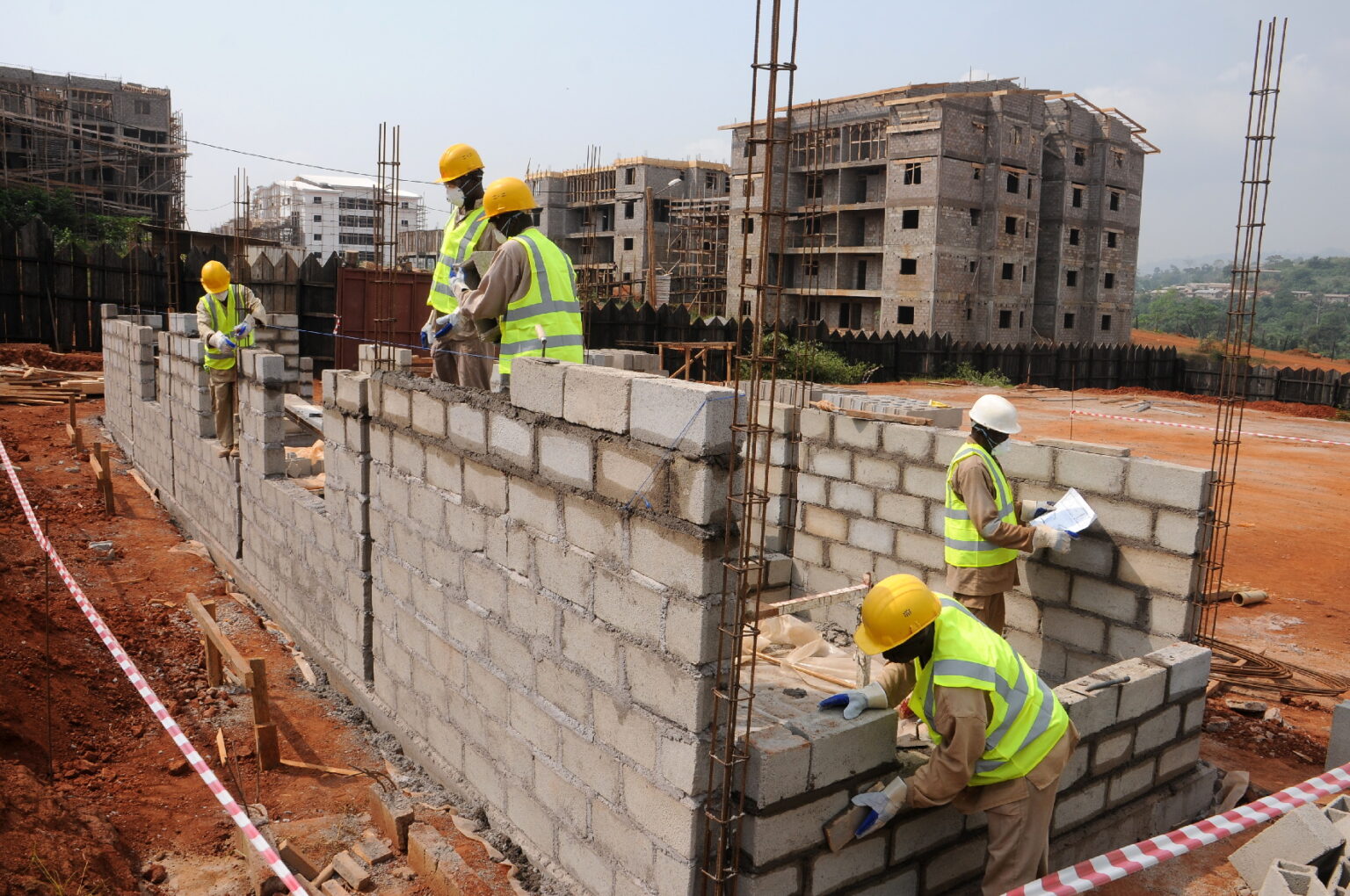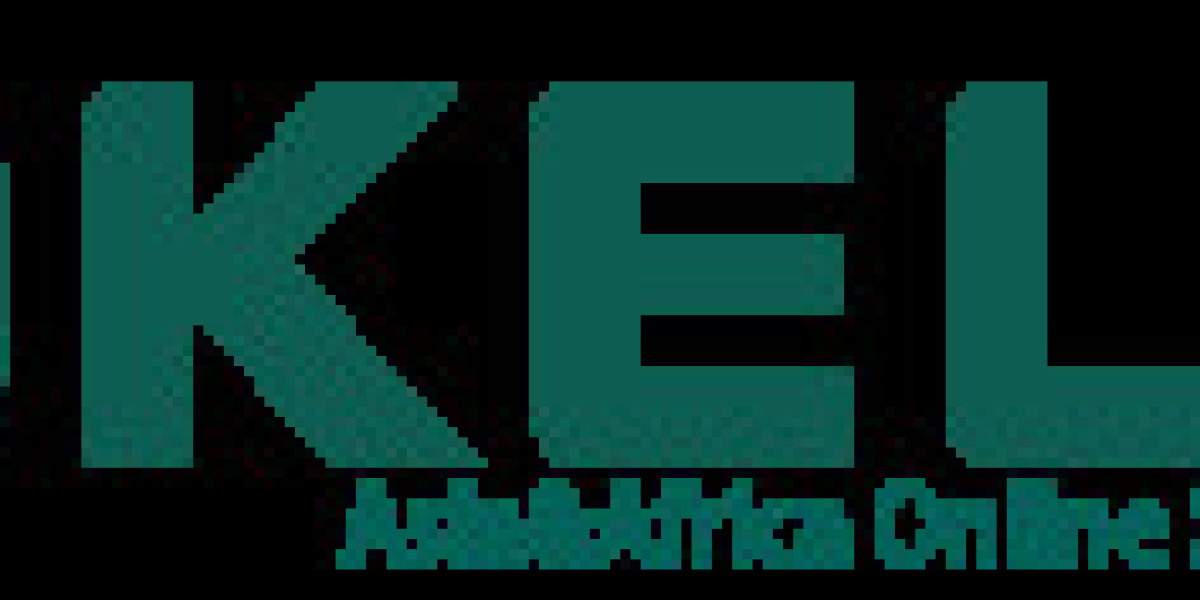Estimating is the pulse of any production task. It converts blueprints, specifications, and layout intent into bucks and cents. For developers and contractors, gaining knowledge of estimating isn't optional—it’s the important thing to bidding competitively, controlling budgets, dealing with threats, and ensuring venture fulfillment. In this guide, you’ll research both classical and current estimating strategies, how to include criminal and contractual safeguards like NDAs and PAs, and practical recommendations to raise your estimation accuracy.
1. Why Estimating Is the Backbone of Project Success
A construction assignment’s success rests pillars: turning in within finances and assembly purchaser expectations. A weak estimate undermines both.
- Budget Control: The estimate will become the baseline for cost tracking. As the painting progresses, deviations (high quality or terrible) are measured in opposition to the original estimate. Without a solid baseline, it’s impossible to understand whether an alternate order or price overrun is justified or a result of negative costing.
- Cash Flow & Financing: Lenders, clients, and stakeholders often require a detailed breakdown of costs to approve funding or development bills. An unsubstantiated estimate undermines self-assurance.
- Risk Mitigation: By embedding contingencies, escalation, and allowance for unknowns, an amazing estimate enables a buffer against surprises. Estimators need to account for unknown website online conditions, exertions, productivity variance, cloth price volatility, layout adjustments, and coordination errors.
- Contractual Accountability: Many production contracts, especially those under Non‑Disclosure Agreements (NDAs) or Production Agreements (PAs), tie overall performance, claims, and fee sharing to the authentic estimate. If the estimate lacks readability or traceability, disputes are tougher to resolve.
Because of those stakes, estimation is not guesswork. You ought to lay out it as a disciplined procedure that blends data, common sense, gear, and contractual safeguards.
2. Five Core Estimating Methods You Should Master
To grow to be reliable and aggressive, a builder or contractor ought to master the key estimating methodologies. Each has its ideal use case, blessings, and barriers.
2.1 Bottom‑Up (Component-by-Component)
This is the most detailed approach. The task is broken down into the smallest painting packages (e., Foundations, framing, finishes). For each, you compute quantities (e. ,cubic yards, square toes), apply unit prices (exertions + materials + system), add subcontractor pricing, overheads, and contingency. Then you roll up to the total.
Pros: High traceability, readability, and defensibility.
Cons: Time-consuming. Accuracy depends heavily on correct unit costs and clear scope documents.
2.2 Parametric (Statistical) Estimating
Using historic datasets, you derive mathematical relationships (e., fee in step with square foot, price according to ton, cost in line with cubic yard) and scale them with correction elements for complexity, locale, design features, and many others. This is regularly utilized in early levels whilst complete plans aren’t available.
Pros: Fast, useful for early-level budgeting or feasibility.
Cons: Accuracy relies completely on satisfactory historical statistics and assumptions. Must be adjusted for local elements. (See price estimation models) Wikipedia
2.3 Analogous / Comparative Estimating
This technique compares your contemporary venture to 1 or more completed tasks that can be comparable in scope, adjusting for length, time, vicinity, and complexity. It's a beneficial sanity check or preliminary estimate before full information is to be had.
Pros: Quick to generate, beneficial for feasibility research.
Cons: Lacks precision. Differences in website conditions or layout information can result in massive deviations.
2.4 Three‑Point / PERT / Risk‑Weighted Estimating
To account for uncertainty, estimators use probabilistic techniques:
- Three‑Point: You estimate “Optimistic (O)”, “Most Likely (M)”, and “Pessimistic (P)” expenses, then compute a weighted average ((O + 4M + P)/6).
- Monte Carlo Simulation: You model key variables as distributions (e., hard work fees ±20%, cloth escalation ±10%) and run many simulations to peer cost distributions (P50, P90, and many others.
This gives clients not only a single quantity, but also a variety and a chance profile, which is a long way more defensible under settlement scrutiny.
2. Five BIM‑Integrated (5D) Estimating
With Building Information Modeling (BIM), design fashions deliver spatial and attribute information. In “5D estimating,” cost and schedule statistics are tied to the 3-D version. Any design exchange triggers automatic re-quantification and value adjustment. This approach maintains price feedback in lockstep with layout, decreasing surprises from overdue revisions.
Tools and industry idea leaders now don't forget 5D BIM as vital in high-stakes projects. Precisionestimator
Mid-Article Insight: When to Outsource or Partner
For massive, complicated, or fast-turn bids, internal teams every so often lack time, a group of workers, or the intensity of effort. That’s when leveraging outside knowledge is smart. Many corporations flip to specialized production estimating offerings to assist their bids, act as a 2d test, or provide turnkey estimates. These companions are frequently ready with superior gear, deep records, and impartial assessment procedures that give a boost to your proposals.
3. Tools, Standards & Best Practices for Modern Estimators
Estimating is simpler and more reliable when desirable tools, standards, and workflows guide it.

3.1 Digital Takeoff / Automation Tools
Manual takeoff is mistake-susceptible and slow. Modern systems (PlanSwift, ProEst, Sage Estimating, others) will let you draw without delay on digital blueprints or BIM files and extract portions. Many also guide “smart takeoff” that recognizes walls, slabs, and openings routinely. Paint Pulse
Additionally, APIs linking BIM fashions to cost modules let estimators automatically filter out and extract portions by way of change or work location. arXiv
3.2 Reliable Cost Databases & IndicAns
A accurate estimate depends on up-to-date unit expenses. Many corporations subscribe to databases like RSMeans or local market indices. Adjust for vicinity multipliers, inflation, and vendor prices.
Three Standard Classifications & Templates
Using constant class structures (Uniformat, OmniClass) helps arrange your painting breakdowns in a logical, similar manner. Uniformat, for instance, defines elemental groupings (e., Substructure, shell, interiors) which aid go-task benchmarking and readability. Wikipedia
Define templates that constantly include direct value, oblique prices, contingency, escalation, and earnings. Enforcing template utilization reduces estimation errors and variance across your crew.
3. Four Version Control, Documentation & Traceability
Because many estimates come to be contractual references—specifically under NDAs or PAs—you have to keep rigorous version management, audit logs, and record assumptions. Name files (v1, v2, very last), hold trade logs, timestamp assumptions, and restrict editing privileges.
When revisions happen, document why the exchange turned into a change (e., Purchaser request, scope shift, design alternate) and legalized..This audit trail is vital if any dispute arises.
Three 5 Post‑Project Analysis & Feedback Loop
Once construction completes, evaluate actual charges vs. your estimate. Identify where you erred—hard work, materials, subcontracting, exchange orders, productivity drift—and the root reason for those deviations. Feed those corrections into your historical database and improve your destiny estimating fashions. Over time, your blunders range narrows, and your bids come to be extra competitive and trusted.
4. Six Steps to Build a Reliable Estimating Workflow
To instill subject and consistency in your practice, observe this dependent technique:
4.1 Step One: Collect & Normalize Historical Project Data
Gather all past tasks—original estimates, change orders, as-constructed portions, and very last price breakdowns. Normalize for inflation or scope differences so your statistics are comparable. This ancient base will become the muse of your parametric fashions and fee benchmarking.
Four.2 Step Two: Develop Consistent Templates & Class Logic
Create well-known templates based on Uniformat or your inner common sense, with a steady structure and price logic. This ensures each estimator makes use of the equal technique, reducing variance between bids.
4. 3 Step Three: Choose Methods with the aid of the Project Phase
- Feasibility / Concept: Analogous or parametric
- Design Development: Hybrid parametric + partial bottom-up
- Detailed Design / Bid: Full bottom-up, BIM, risk simulation
- Change Orders / Claims: Unit price deltas referencing a unique baseline
This method ensures velocity early and precision later.

. Four 4 Step Four: Integrate Estimation Early in Design
Embed estimators in design meetings so fee implications are visible whilst decisions are made, as opposed to being observed later. With 5D BIM, architects can see the value effect of design modifications in real time.
Four 5 Step Five: Run Risk & Sensitivity Analyses
Use Monte Carlo simulation or three-factor models to present ranges, no longer unmarried numbers. Use sensitivity charts to highlight which assumptions have the best impact (e., labor, materials, website, online situations). This offers customers transparency and defensibility
4. 6 Step Six: Review, Learn, Improve
After project closure, conduct variance analysis. Document your training in an expertise-based manner. Adjust multipliers, replace contingency buffers, and refine productivity assumptions. Over time, your estimating “engine” becomes extra correct and extra dependent on.
Five. Mistakes to Avoid & Pro Tips from Experienced Estimators
five.1 Overlooking Indirect / Soft Costs
Many estimates fail because they miss supervisory personnel, web page control, protection, briefings, layout coordination, coverage, and first-rate management. These gentle prices often eat 5–15% of the margin if no longer explicitly blanketed.
. Five 2 Ignoring Scope Gaps or Ambiguities
Architectural drawings or specifications frequently leave gadgets undefined (e.g., insulation thickness, end types). Always address RFIs or clarifications before finalizing estimates. Avoid undocumented assumptions, especially while certain by contract.
5. Three Failing to Account for Escalation & Market Volatility
Material charges (steel, lumber, and electric items) can swing sharply. Apply escalation chances, index-based changes, and contingency allowances to guard your margins.
5. Four Counting Items Twice or Overlapping Scopes
When coordinating more than one trade or sub, scope overlap can result in replica objects or “scope creep.” Clearly outline responsibilities and accounting relationswith with otherxchange scopes.
5. Five Rushing Final Bids
Even specialists make mistakes while under pressure. Always have a time table buffer for peer evaluations, method tests, and sanity evaluations. Use automatic assessments and locked cells in spreadsheets to save you from unintentional overwrites.
. Five 6 Weak Version Control & No Audit Trail
If you lose track of more than one estimate variation or fail to log adjustments, confusion and misquotes will result, in particular below NDAs and PAs, where you could need to guard your common sense. Maintain strict model naming, trade logs, and backups.
Conclusion: Make Estimating a Strategic Strength
Estimation is more than number crunching—it defines how properly your assignment performs. A reliable estimate gives economic readability, risk buffers, and prison defensibility. When accomplished with discipline, he use of more thanoney gy(backside-up, parametric, BIM, risk analysis), supported by using strong templates, audit trails, and put-up assignment learning, it becomes your strategic differentiator.
Begin today by organizing your historic statistics, standardizing templates, embedding estimators into design levels, applying hazard simulations, and continuously refining your method. With consistency and gaining knowledge of, your estimates shift from hazard to possibility.
Need specialised assistance or an expert 2nd opinion? Partnering with firms supplying devoted construction estimating offerings can improve your accuracy, velocity, and confidence. Estimating finished well, method, fewer surprises, stronger margins, and more wins inside the aggressive world of production.


